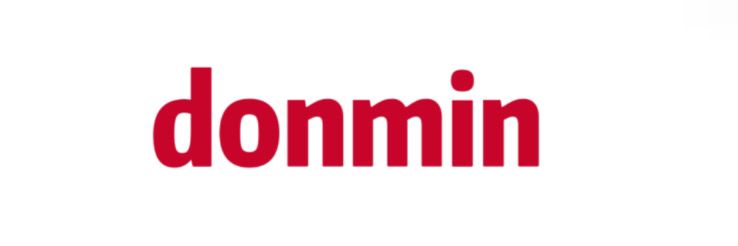SAE 100 R1 Hydraulic Rubber Hose vs. SAE 100 R2: Key Differences
Introduction to SAE 100 R1 and R2 Hydraulic Hoses
Hydraulic hoses are essential components in various industries, from construction to agriculture, providing the necessary fluid transfer for equipment operation. Among the most prominent types are SAE 100 R1 and SAE 100 R2 hydraulic rubber hoses. While both are designed under the Society of Automotive Engineers (SAE) standards for hydraulic applications, they present distinct features and advantages that influence their suitability for specific tasks.Construction and Design
The primary difference between SAE 100 R1 and R2 hoses lies in their construction. SAE 100 R1 hoses consist of a single fiber braid reinforcement, while SAE 100 R2 hoses feature double wire braid reinforcement. This fundamental difference in construction gives each hose its unique characteristics.The single braid of the R1 hose makes it more flexible, which can be a significant advantage in applications requiring a tighter bend radius. However, this flexibility also results in a lower maximum working pressure compared to the R2 hose. The R2 hose’s dual braid reinforcement offers enhanced strength and durability, making it suitable for applications that demand higher pressure and a more robust performance.Pressure Ratings and Specifications
When it comes to performance, understanding the pressure ratings is crucial. The SAE 100 R1 has a maximum working pressure of approximately 3,000 psi (pounds per square inch) and is typically used in medium pressure applications. In contrast, the SAE 100 R2 can handle maximum working pressures of around 4,000 psi, placing it in a higher pressure category.This increased pressure rating of the R2 hose allows it to operate more efficiently in demanding environments. Industries that require hydraulic hoses for heavy machinery, construction equipment, or hydraulic lifts will often favor the R2 option to ensure they meet safety and performance standards without compromise.Applications of SAE 100 R1 and R2
The applications of these hoses vary based on their unique attributes. SAE 100 R1 is commonly used in low to medium pressure hydraulic systems and is ideal for applications such as agricultural machinery, general construction equipment, and light hydraulic systems. Its flexibility and lighter weight make it suitable for more versatile configurations.On the other hand, the SAE 100 R2 is typically employed in higher pressure applications, such as hydraulic lifts, heavy machinery, and various industrial applications where strength and durability are paramount. Its ability to withstand higher pressures and greater wear and tear makes it the preferred choice for intense environments.Cost Considerations
When selecting between SAE 100 R1 and R2 hoses, cost is often a factor. Generally, the R1 hoses are less expensive due to their simpler design and lower materials cost. However, considering the hose's application and lifespan is vital. While R1 hoses can save initial costs, R2 hoses may present more extended durability and fewer replacements, ultimately proving cost-effective over time.Conclusion
In conclusion, choosing between SAE 100 R1 and SAE 100 R2 hydraulic rubber hoses depends on the specific requirements of your application. The R1 hose offers flexibility and is suitable for medium pressure applications, while the R2 hose provides the strength needed for high-pressure environments. Understanding these key differences will assist in making an informed decision tailored to your operational needs. For more information about our products and to discuss your specific requirements, please feel free to contact us.For more sae 100 r1 hydraulic rubber hose, spiral wire hydraulic hose price china, china thermoplastic hoseinformation, please contact us. We will provide professional answers.
Additional resources:Rubber & Plastics
- Previous: SAE 100R5: Essential Guide for 2024
- Next: Why Do You Need Yarn?

